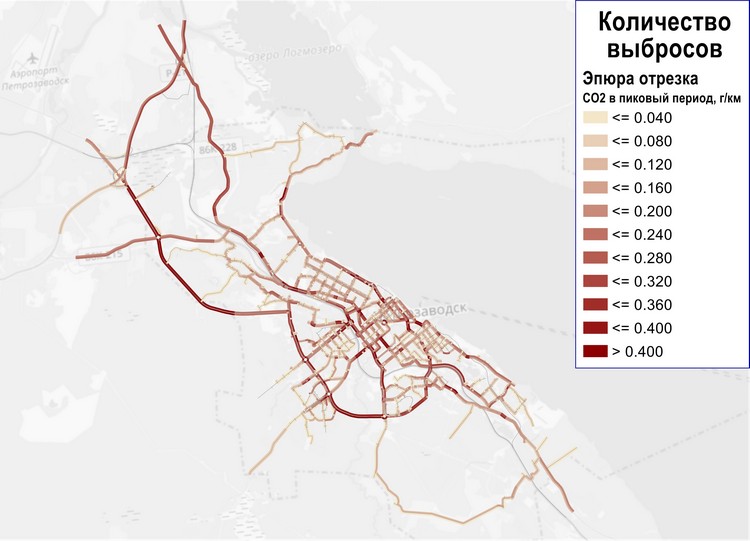SPbGASU graduates work on the optimization of transport systems
The Department of Transport Systems of the St. Petersburg State University of Architecture and Civil Engineering for several years has been training engineers that would be able to effectively solve pressing problems of the transport industry. In anticipation of the defense of final qualification works, we talked with second-year undergraduates about their preferences in choosing the topics for research, what tasks they set for themselves, and how the results can help the development of Russian transport.
FQW Xenia Komarova: the principle of night buses using intelligent transport systems
In her FQW, Xenia Komarova proposes to improve the existing passenger transportation system.
“To do this, it is necessary to introduce into the night passenger transport operation a system of servicing not by schedule but based on demand, using intelligent transport systems,” described Xenia.
The graduate student believes that such a system could be organized on already established routes. A special mobile application is proposed to call for a bus. As an example, the graduate has developed such an application for night buses in St. Petersburg.
According to Xenia, the on-demand service system is absolutely essential for the city. At night, when the metro is closed, such buses are the only available form of public transport. The use of an intelligent system will increase their efficiency.
The system will be useful for both passengers and the carrier: due to the use of the mobile application, the bus waiting time will be reduced; in addition, all the information about the buses and their location, which is updated in real time, is available and clearly visible in the application. The carrier, in its turn, should be able to reduce the number of runs (no idle ones) and thereby reduce the cost of transportation.
“In addition, the carrier shall also benefit from increased passenger traffic on night bus routes,” added Xenia.
Sergey Melnikov’s FQW: a map of Petrozavodsk with highlighted problem areas
Sergey Melnikov devoted his research to improving the efficiency of the road network of Russian cities using the example of Petrozavodsk.
A whole complex of indicators is responsible for the functioning of such a network. An important parameter here is throughput, since the present-day Russian transport network operates in the overload mode. At the moment, there is no exact idea of how exactly the situation could be optimized. This question made the author interested.
{gallery name="ВКР Мельников 062020"}
“In the course of the study, I identified the main global network problems and formed specific solutions for each of them,” Sergey explained. After that, the Master’s degree student developed a transport mathematical model of the city and, on its basis, tested all the solutions obtained, evaluating their technical and economic feasibility. The analysis resulted in a ranking these solutions, made with the account of a system of speed limits, the separation of traffic flows in space, construction of new backup streets, restrictions on freight traffic, narrowing of lanes and straightening the roads.
According to the graduate, it was fundamental to use transport modeling, since this was the most accurate tool for evaluating decisions on the development of the transport system.
The practical benefit of the study is quite obvious: with the help of the created model, it is possible to choose those activities that would bring tangible effect at the lowest cost.
Head of the Department of Transport Systems, Alexander Solodky, Doctor of Economics, who was the academic advisor of Sergey Melnikov’s FQW, believes that the work will become especially relevant in the context of the national project “Safe and high-quality roads,” which is aimed specifically at improving the efficiency of the road network: “For this purpose, significant financial resources are allocated in the federal and regional budgets; therefore, it is very important to choose measures that ensure the most efficient spending of these funds.”
Alexander Solodky added that the results of the study could be used in the development of integrated transport schemes of cities and programs for the integrated development of transport infrastructure.
Text: Alexandra Podolnikova
✔ Learn more about the Department of Transport Systems, its research and teachers

